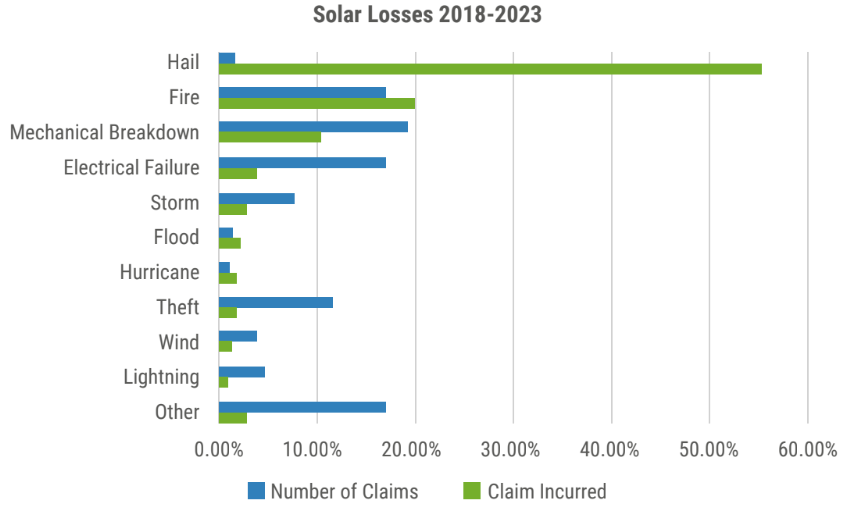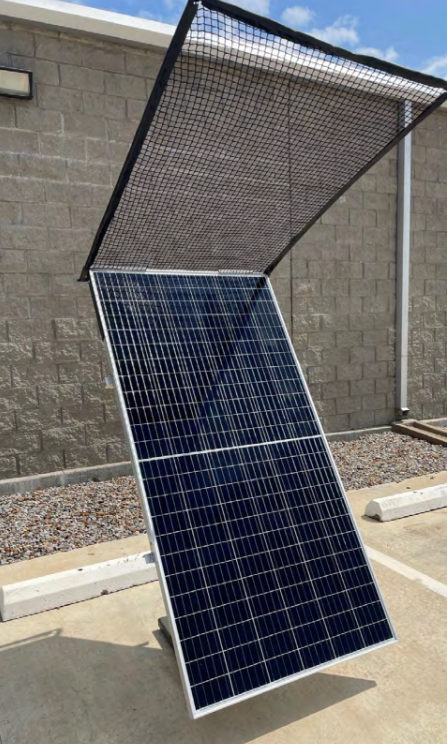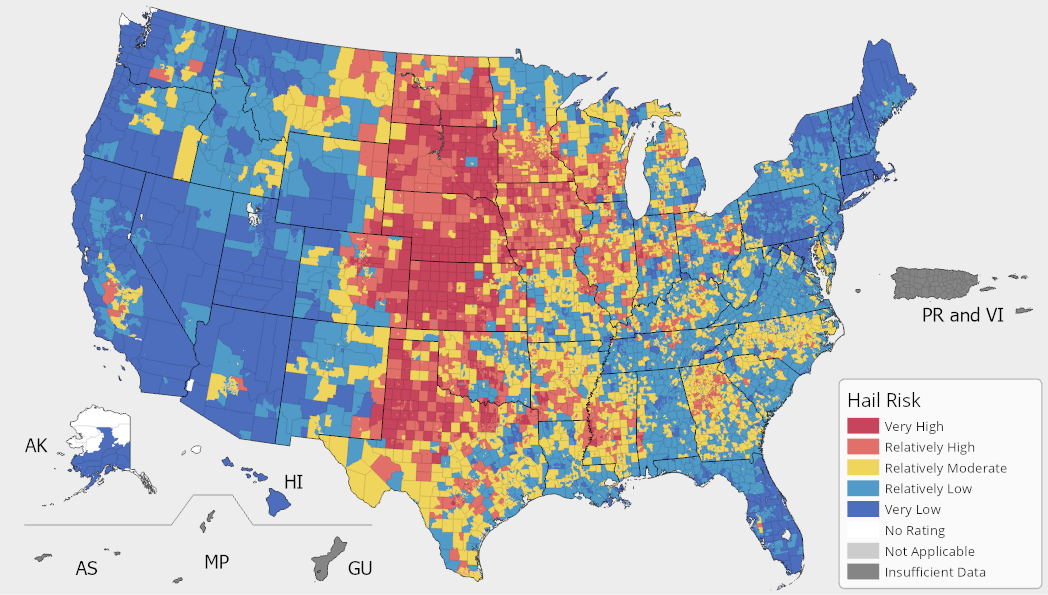GCube Insurance, an underwriter for renewable energy, said despite being only 1.4% of total number of claims filed, about 54% of incurred costs of total solar losses can be attributed to hail. This is based on data collected by Gcube over the past five years. Average costs totaled $58 million per claim.
The underwriter said this risk is being underestimated by solar asset owners, causing a gap between insurance requirements for solar projects and what is available in the market and leading to project delays and cancellations.
GCube insures more than 100 GW of renewables projects in 40 countries.
Other leading insurance risks include fires (16% of claims and 20% of total costs) and electrical failures (19% of total claims and 3.5% of total costs), based on five years of GCube data.

The insurance underwriter said in pursuit of a reduced levlized cost of electricity (LCOE), solar manufacturers have adopted larger, thinner modules with more fragile surface glass, leading to increased hail risk.
“Hail damage risk is undermining the security of solar power as a prominent clean energy solution,” said Fraser McLachlan, chief executive officer, GCube Insurance. “We therefore have an overriding imperative to develop solutions to this challenge and restore our ability as insurers to provide the sector with long term risk underwriting.”
Insurers have begun reducing coverage for solar businesses as hail risk intensifies, said GCube. The company has partnered with Solar Defender Technologies to move forward two patented technologies to address hail risks issues and make projects more palatable for risk underwriters.
The first solution is the Hail Strike Defender, a low-cost, capital expenditure neutral catchment net that protects single-axis solar installations while maintaining power output.

The second is called Solar Shield, designed for fixed-tilt solutions. It attaches a panel face protector that deflects the impact of hailstones.
“We can’t move quickly enough as the ability of insurers to cover solar’s global growth becomes increasingly constrained. Therefore, the unity of manufacturers, developers, operators, and insurers will be a vital part of softening the widening gap in insurance coverage,” said McLachlan.
Hailstorms, often unpredictable in nature and destructive to solar panels, pose a challenge to solar infrastructure. In 2021, hail related losses exceeded $1 billion across the United States.
Research suggests that hail begins to damage solar modules at starting at diameters of 3 cm, causing both invisible and visible damage to occur. Starting at 4 cm, the percentage of visible damage increases significantly.
This content is protected by copyright and may not be reused. If you want to cooperate with us and would like to reuse some of our content, please contact: editors@pv-magazine.com.









Why not use “Solar (Tranparency),Quality” Polycarbonate (PC) Panels in place of glass… these PC Panels (if thick enough) are supposed to withstand even bullets… hailstones should be.. “a piece if cake”… and make them (much) lighter.. too.. .